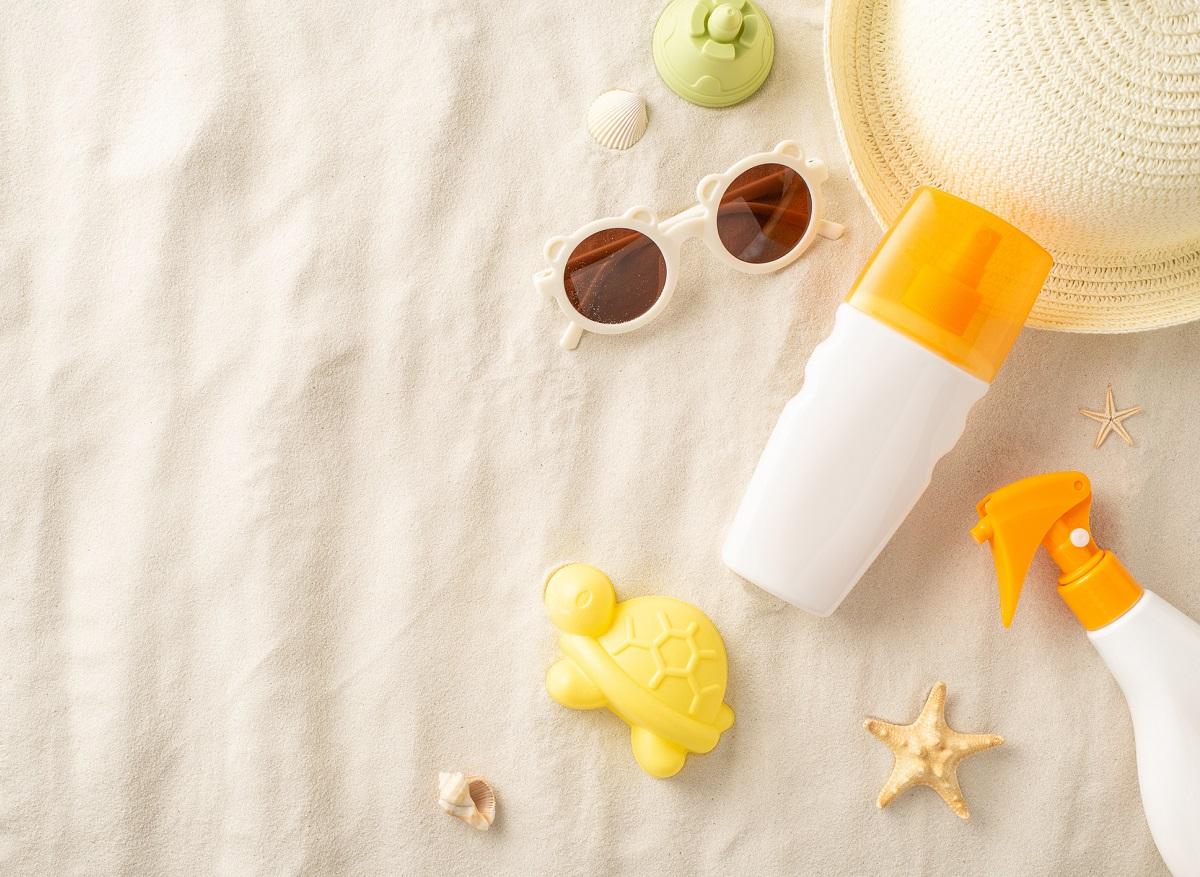Today, all scientists specializing in the oceans agree that the main causes of the degradation of corals and the seabed are the warming of the waters, their acidification and their depletion of oxygen, but also their pollution by hydrocarbons and plastics. Certainly, sunscreens participate, but in a very small proportion.
On the packaging side too, beauty manufacturers are trying to improve things, with canisters made of recycled and recyclable plastic, or (like La Roche-Posay this year) with a tube partly made of cardboard. But on this point, there is still a lot of effort to be made!
1-It protects your skin well
That’s the first thing we ask him. And, for that, it must be effective against both UVB (responsible for sunburn and skin cancer, therefore having an SPF of 30 minimum), and UVA and long UVA, responsible for photoaging and damage to the body. Skin DNA. This protection is indicated either by the acronym UVA surrounded, either by PPD followed by ++.
Namely: chemical filters, decried by organic enthusiasts, protect better against long UVA rays (the most harmful because they penetrate deeper into the dermis) than mineral screens (zinc oxide, titanium dioxide).
2-Its formula is biodegradable
25,000 tonnes of sunscreen are poured into the ocean each year, including 4,000 tonnes absorbed by coral reefs, according to the Planetoscope website. To prevent it from damaging the fauna and flora, we choose a product that has passed the biodegradability tests.
3-It does not contain suspicious filters
Hawaii and Polynesia have banned, from 2021, theoxybenzone (or benzophenone-3) and theoctinoxate (EHMC or OMC). The archipelago of Palau has added to these prohibited filters theoctocrylene and the 4-MethylBenzylidene Camphor as well as parabens and silicones. These are suspected of activating a virus that attacks zooxanthellae, an algae that lives in symbiosis with corals.
Most European brands are gradually withdrawing these filters, but it is best to scrutinize the Inci lists (the international nomenclature of cosmetic ingredients). Several studies also incriminate thezinc oxide, mineral screen used in most organic sunscreens, in coral bleaching. The L’Oréal group and certain organic brands have removed it from their products.
4-It is water resistant
The problem with waterproof creams comes mainly from so-called water-soluble filters, that is to say, which dissolve in water (20 to 25% of the cream spreads within 20 to 30 minutes of swimming). We therefore try to choose only fat-soluble filters (without affinity with water). Because it is not enough that the filters are without danger, the whole formula must be, and in particular that it does not contain no silicones, which can also settle on the seabed. The final product then has the double advantage of better protecting the user and not degrading the bathing area.
Read also
10 mistakes not to make with your sunscreen
10 natural remedies to relieve sunburn
Can I use expired sunscreen?
Homemade sunscreens do not protect effectively
















